Over the course of this year, Spain’s main banks have decided to toughen the conditions to access their so-called ‘free accounts’ and increase the fees for account holders who don’t meet the new requirements.
In simple terms, it’s a loyalty scheme that rewards the banks’ most active users by not charging them extra, while increasing commissions for those who aren’t considered an asset to these financial entities.
As unfair as this may seem, most of Spain’s big banks are on board with it: Santander, La Caixa, Bankia, BBVA, Bankinter, Sabadell, Unicaja, Abanca.
We’ll now go over what each of these financial entities is now charging for and how to sidestep these extra fees.
Santander
Spain’s biggest bank has decided to scrap its 123, Zero and Día a Día accounts and replace them with the Santander One account.
Anyone with one of these accounts who wishes not to pay extra bank fees from now on will have to have their salary or pension set up as a direct deposit (domiciliado) as well as three direct debits set up to the account, and be signed up for an additional financial product with Santander (mortgage, loan, pension plan, insurance).
Account holders who don’t meet any of these requirements will have to pay €20 a month or €240 a year, whereas those who meet one requirement will pay €10 a month.
BBVA
Banco Bilbao Vizcaya Argentaria (BBVA) has ramped up requirements for its customers who don’t want to pay €100 a year in extra bank fees.
For account holders over the age of 29 who don’t want to be charged this, the minimum salary to be paid into a BBVA account will go from €600 to €800 a month.
There will also be the need to have five bills set up as direct debits in the account or the requirement of using a credit card at least seven times over the course of a four-month period (previously transactions with a debit card counted).
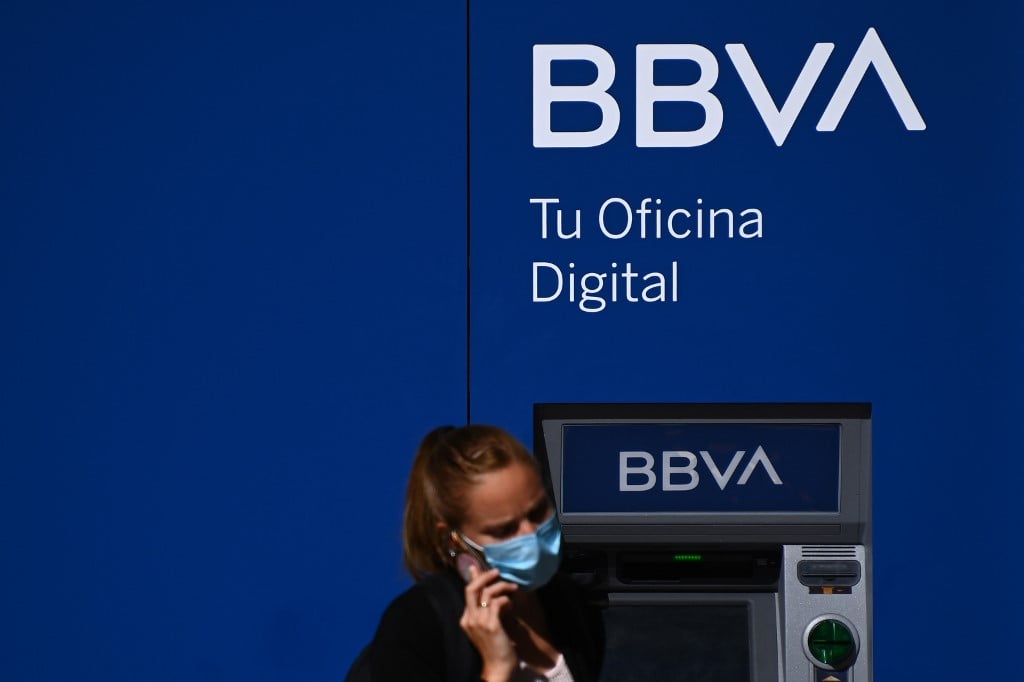
For account holders between the ages of 21 and 25 who don’t wish to pay €100 extra a year, the requirement will now be that they move over to a completely online account (no in-person customer service), take out a bank card with no limits and provide a phone number and email address to the bank.
For those between the ages of 26 and 29, the conditions are to add a credit card to their account and to use it seven times during four months.
The charge for customers with a bankbook that’s been updated in the last year and who continue to use it is will be €10 euros a year.
In 2021, BBVA will also start charging €2 for withdrawing under €2,000 at the bank counter and increase its fees for getting a bank teller to carry out a money transfer, a decision criticised by Spanish consumer watchdog OCU as discriminatory towards the elderly and vulnerable.
Caixabank
The Catalan bank made headlines in October after announcing it would start charging its less active customers €60 every three months in maintenance costs (€240 a year).
In order to be considered a ‘loyal’ customer and avoid the extra fees, account holders have to have their salary or pension of at least €600 deposited into their Caixabank accounts every month, or have at least €20,000 in investment funds, pension plans or other financial products the bank offers.
Customers will also need to have three direct debits set up or use their bank cards at least three times a month.
Account holders who fulfil the first condition relating to deposits will pay €15 every three months rather than €60, whereas those who only meet the direct debits or card condition will be charged €36 every quarter.
READ ALSO: The best banks for foreigners in Spain (and what you should be aware of)
Bankia
Bankia customers will soon have to meet the same criteria as Caixabank’s account holders to avoid the new charges, seeing as the two banks are due to merge in 2021.
Currently, customers of Bankia's Por Ser Tú accounts that don’t meet the requirements pay €168 a year in maintenance costs and €28 annually for their debit card.
To avoid paying these amounts, customers must have their salary/pension/benefit set up as a direct deposit with Bankia and either make a couple of purchases per month with a credit card or have an insurance policy or €30,000 euros in investment products with the bank.
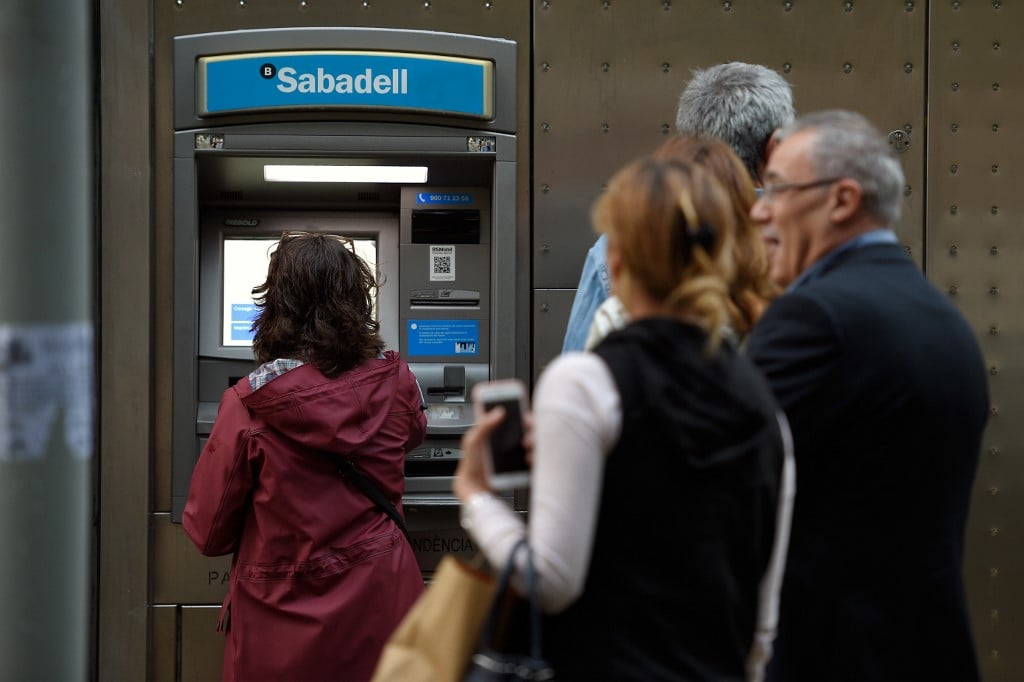
Sabadell
Catalonia’s other big bank currently charges €15 every three months for Cuenta Expansión users who pay in €700 a month into the account, whereas those who don’t pay €30 every quarter (these charges don’t apply to under-29s).
For Sabadell’s special interest-bearing Plus account, the customer now has to have more than €30,000 in savings or investments in order to receive the interest attached to the account.
Bankinter
The Madrid-headquartered bank requires customers who have a Cuenta Nómina (Salary Account) to pay in a salary of at least €800 monthly and to set up direct debit payment of bills with them or use their Combo credit card three times in three months.
Those who don’t have to pay €45 a year in maintenance costs and €60 for the credit card.
The only positive to draw is that the minimum salary to avoid extra fees has been reduced by €200 from the previous €1,000 requirement.
Unicaja
The Malaga bank which is in merger negotiations with Liberbank has a 'Zero Commission Plan' account for customers over the age of 28 who don’t want to pay €84 a year in maintenance costs.
These requirements are a salary of at least €600 directly deposited into the account every month and to spend at least €1,200 a year with Unicaja cards.
The fee is scrapped for those who have an insurance policy or other products with the bank worth more than €30,000, and dropped to €60 a year for those with more than €20,000 in Unicaja products.
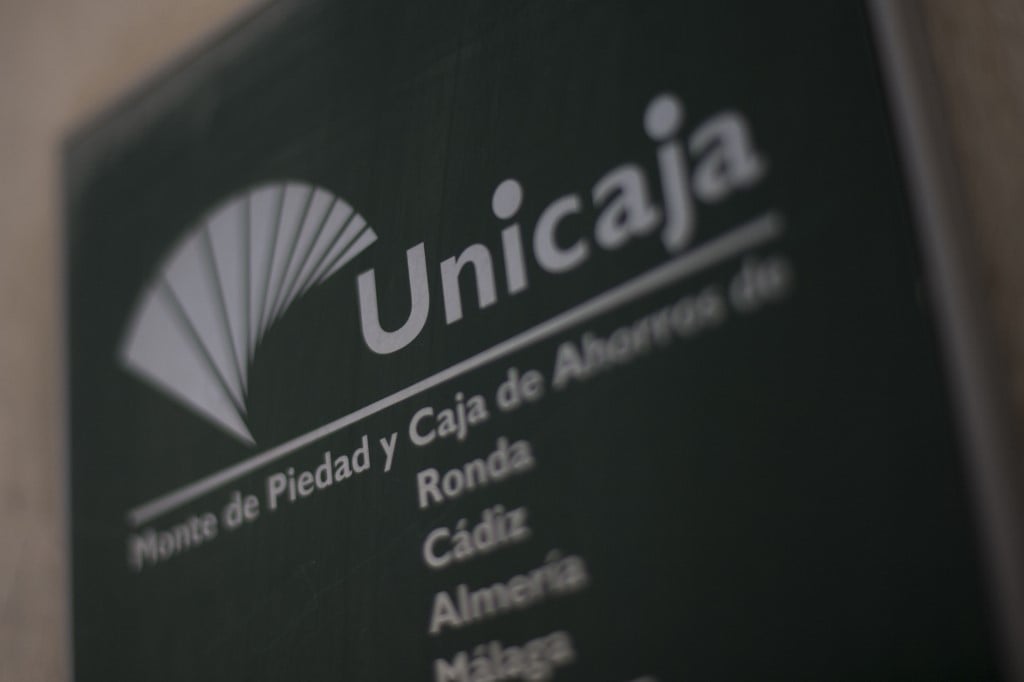
Abanca
Since June, many customers with Galicia’s main bank have reported quarterly € 50 bank fees on their ironically named ‘Zero Commissions’ accounts.
The new conditions are to have a salary or pension set up as a direct deposit and to maintain an average monthly balance of at least €500 in savings accounts with Abanca.
The final condition is to meet one of the following: either make annual purchases worth €2,000 with an Abanca credit card OR spend €1,200 with the credit card and have an insurance policy, OR have two insurances through Abanca (home, health, life, etc), OR maintain a monthly balance of at least € 30,000 in savings OR maintain an average monthly balance in investment funds, savings, insurance or pension plans worth at least €8,000. Not exactly easy stuff to keep on top of.
READ MORE:
- The hidden costs of opening a Spanish bank account
- Spanish bank accounts: Why you shouldn't leave them inactive for too long
Even though the Bank of Spain considers it bad practice for private banks to not inform account holders of any changes to account requirements and related bank fees, it's still something which happens regularly.
You should always update your contact details and address so that you can receive all the necessary correspondence from the bank.
That way you will have a better claim as you do have the right to report them for not informing you about the charges.
If your bank doesn't offer you a satisfactory service, you can contact the “Departamento de Conducta de Mercados y Reclamaciones del Banco de España” (The Bank of Spain's Department of Conduct and Claims) on 900 54 54 54 or 913 38 88 30 (C/ Alcalá, 48, 28014 Madrid).

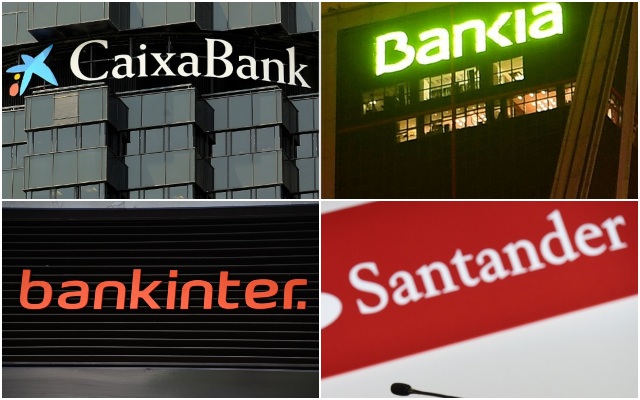
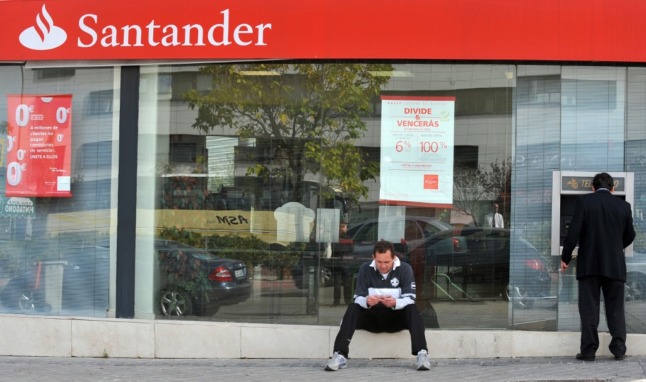
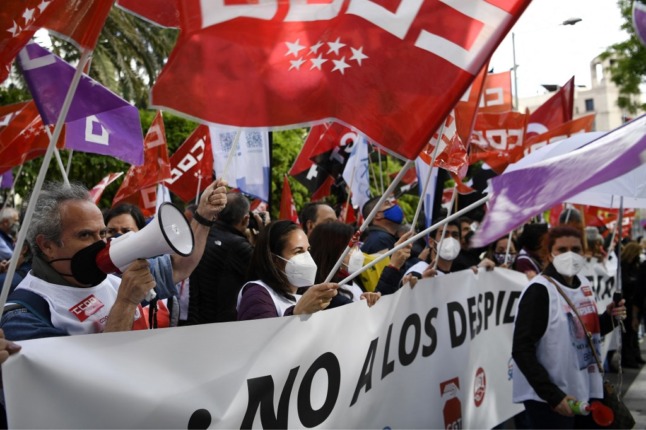

 Please whitelist us to continue reading.
Please whitelist us to continue reading.
Helpful article, but could you report on which banks have free accounts? Thanks
Good article, but it would be very useful to know which banks have free (or so called free accounts. Or what the bank accounts are called which are free. For instance BANKIA has one which is called CUENTA ON. (Online)